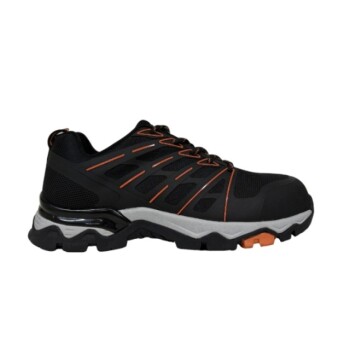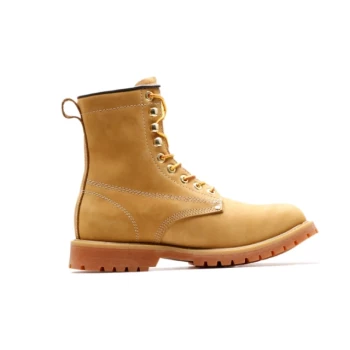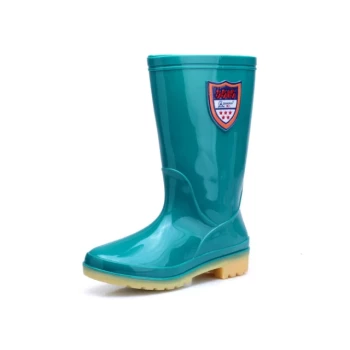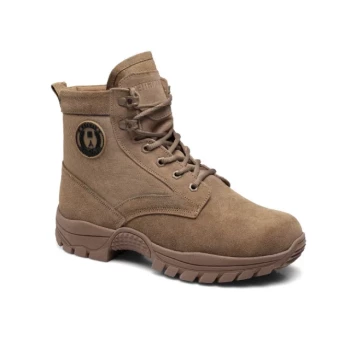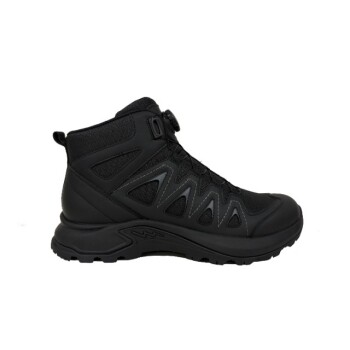The paradox of winter gear is clear: 800g-rated insulated boots can be too warm because they are designed for maximum insulation. During physical activity, your body becomes a furnace, and this high level of insulation traps that excess heat, causing your feet to sweat and leading to significant discomfort.
Choosing the right boot isn't about finding the maximum insulation available. The key is to balance the boot's insulation rating against the amount of heat your body will generate during a specific activity.
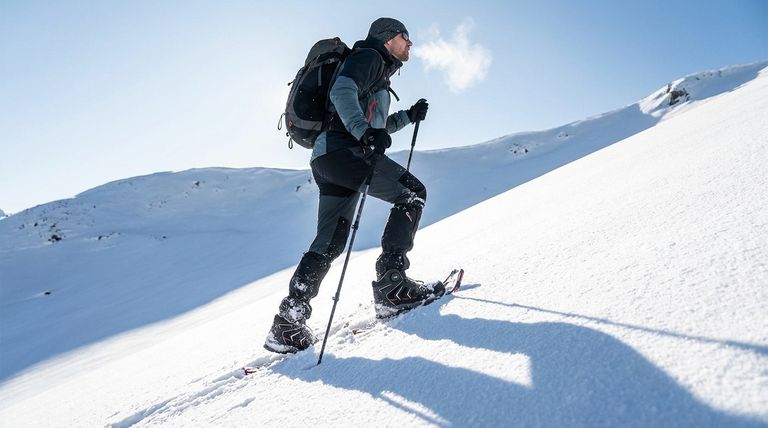
The Role of Insulation vs. Activity
What the "g" Rating Means
The "g" in 800g stands for grams per square meter of insulation material. A higher number indicates a greater density of insulation and, therefore, a greater capacity to trap heat. An 800g rating is near the top end, designed for very cold, static conditions.
Your Body as a Furnace
The most critical factor many overlook is internal heat generation. When you are walking, hiking, or working, your metabolic rate increases, producing a significant amount of warmth. This is the primary source of heat your boots are managing.
The Problem with Over-Insulating
When a boot with heavy insulation like 800g traps too much of this activity-generated heat, your feet begin to sweat. Once the insulation and your socks become damp, they lose their ability to insulate effectively. Wet feet get cold far faster than dry feet, completely defeating the purpose of the boot.
Matching Insulation to Your Movement
High-Activity Scenarios
For activities like winter hiking, snowshoeing, or active work, your body is consistently producing high levels of heat. In these cases, a boot with less insulation (e.g., 200g to 400g) is often superior because it allows excess heat and moisture to escape, keeping your feet dry.
Low-Activity Scenarios
An 800g boot truly excels in stationary or low-movement situations. This includes activities like ice fishing, hunting from a tree stand, or spectating an outdoor event in frigid temperatures. Here, your body generates minimal heat, so you need maximum insulation to conserve every bit of warmth.
Variable-Activity Scenarios
For stop-and-go activities like urban commuting or light work, a mid-range insulation (around 400g to 600g) often provides the best versatility, offering warmth during idle periods without causing severe overheating during movement.
Understanding the Trade-offs
Warmth vs. Breathability
This is the fundamental trade-off. Heavy insulation (800g) prioritizes warmth at the expense of breathability. Lighter insulation prioritizes breathability, which is crucial for keeping feet dry during exertion.
The Danger of Dampness
Sweat is the true enemy of warm feet in winter. Moisture conducts heat away from your body 25 times faster than air. A slightly under-insulated but dry foot will stay warmer in the long run than an over-insulated but sweaty one.
Other Protective Factors
Remember that insulation is just one piece of the puzzle. The height of the boot also matters. Taller, mid-calf or knee-high boots offer superior protection from deep snow, which is a factor independent of the insulation rating.
How to Apply This to Your Goal
To avoid the trap of overheating, match your boot's insulation rating directly to your expected activity level.
- If your primary focus is high-exertion activity like winter hiking: Opt for lower insulation (200g-400g) to prioritize breathability and prevent sweat.
- If your primary focus is stationary activity like ice fishing: Choose maximum insulation (800g or higher) to conserve body heat when you are not moving.
- If your primary focus is a mix of walking and standing: A versatile mid-range insulation (400g-600g) is your most reliable choice.
Ultimately, the best boot is not the warmest one on the shelf, but the one that keeps your feet dry and comfortable for your specific use.
Summary Table:
| Activity Level | Recommended Insulation (g) | Ideal Use Cases |
|---|---|---|
| High Activity (e.g., hiking, snowshoeing) | 200g - 400g | Prioritizes breathability to prevent sweat |
| Mixed Activity (e.g., commuting, light work) | 400g - 600g | Balances warmth during stops with cooling during movement |
| Low/Static Activity (e.g., ice fishing, hunting) | 800g+ | Maximizes heat retention when the body generates little warmth |
Struggling to find the perfect insulated boot for your specific activity level?
As a large-scale manufacturer, 3515 produces a comprehensive range of footwear for distributors, brand owners, and bulk clients. Our production capabilities encompass all types of insulated boots, from 200g for high-exertion hikes to 800g+ for extreme cold. We can help you select or manufacture the ideal boot that balances insulation and breathability to keep your customers' feet dry and comfortable.
Let's discuss your needs and find the perfect solution. Contact our expert team today to get started!
Visual Guide
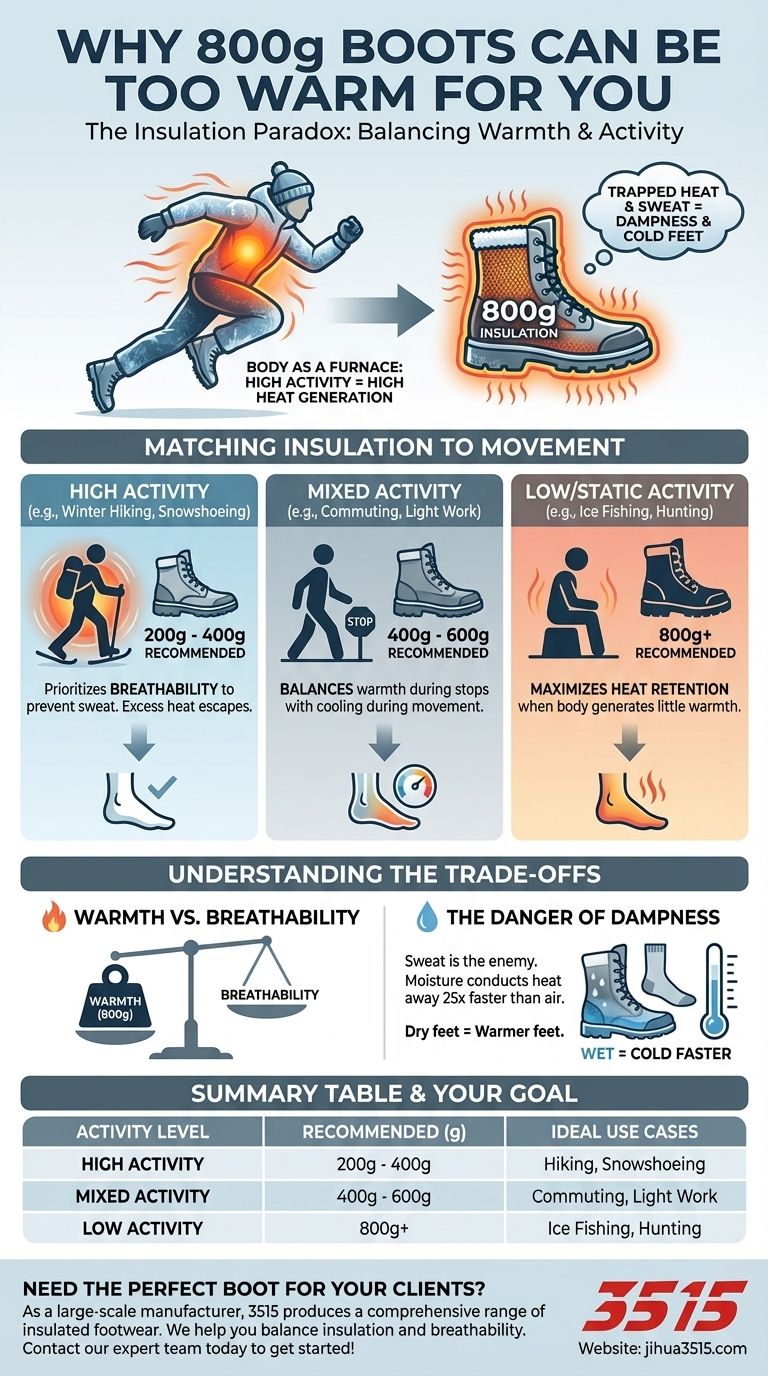
Related Products
- Wholesale Safety Footwear Manufacturer for Bulk & Custom OEM Orders
- Premium KPU Injection Athletic Style Safety Shoes
- High Performance Fire-Retardant Waterproof Safety Boots
- Premium High-Cut Waterproof Safety Boots Manufacturing & Wholesale Solutions
- Premium Wholesale Wheat Nubuck Safety Boot with Rapid Lacing System
People Also Ask
- Why is the last important in work boot design? It's the Anatomical Blueprint for Comfort & Safety
- Is safety toe better than steel toe? A Guide to Choosing the Right Protection
- What is a safety-toe in a boot? Your Guide to Choosing the Right Protection
- What are the differences between steel toe, composite toe, and alloy toe Wellington boots? Choose the Right Safety Toe for Your Job
- Do moc toe boots have steel toe? Get Durable, Safety-Compliant Footwear

